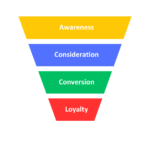
Introduction
Digital marketing has transformed how businesses connect with their audiences. In an era where consumers have endless options, crafting effective digital strategies is essential for survival and Digital marketing has revolutionized how businesses connect with their customers. In today’s competitive landscape, where consumers are bombarded with choices, effective digital strategies are crucial for not just surviving but thriving. Whether you’re a budding entrepreneur or managing an established brand, harnessing the power of digital platforms is no longer optional – it’s essential.
This comprehensive guide will take you on a journey through the core concepts of digital marketing, equipping you with the knowledge to navigate various channels and achieve your marketing objectives. You’ll learn how to:
- Identify and understand your target audience
- Master search engine optimization (SEO)
- Utilize pay-per-click (PPC) advertising
- Create compelling content that resonates
- Leverage the power of social media
- Maximize email marketing effectiveness
- And much more!
By the end of this guide, you’ll have the tools to develop and execute impactful digital marketing strategies that drive results for your business or organization. Get ready to unlock the potential of the digital world and propel your brand to new heights!
Understanding Your Target Audience: The Foundation of Success
A successful digital marketing campaign begins with a deep understanding of your target audience. Knowing your ideal customer is essential for tailoring your messaging, selecting the right channels, and optimizing your marketing efforts. By clearly defining your audience, you can create content that truly speaks to their needs and desires.
Creating Buyer Personas: Bringing Your Ideal Customer to Life
Buyer personas are fictional representations of your ideal customer, based on research and data. These detailed profiles include demographic information, psychographics, behaviors, motivations, challenges, and goals.
How to Create a Buyer Persona:
- Research Your Audience: Gather data from existing customers through surveys, interviews, and website analytics. If you’re starting, research your competitors’ customers:
- Where they live
- Age
- Gender
- Interests
- Pain points
- Identify Patterns: Look for common characteristics and behaviors among your target customers.
- Create Detailed Profiles: Develop comprehensive profiles that include:
- Age
- Gender
- Income level
- Job role
- Interests
- Challenges
- Goals
Example: A buyer persona for a health and wellness brand might be “Health-Conscious Holly,” a 30-year-old woman who prioritizes organic products, follows fitness influencers, and is motivated by achieving a healthy lifestyle.
Remember, you’ll likely have multiple buyer personas representing different segments of your target audience.
The Sales Funnel and Customer Journey Mapping
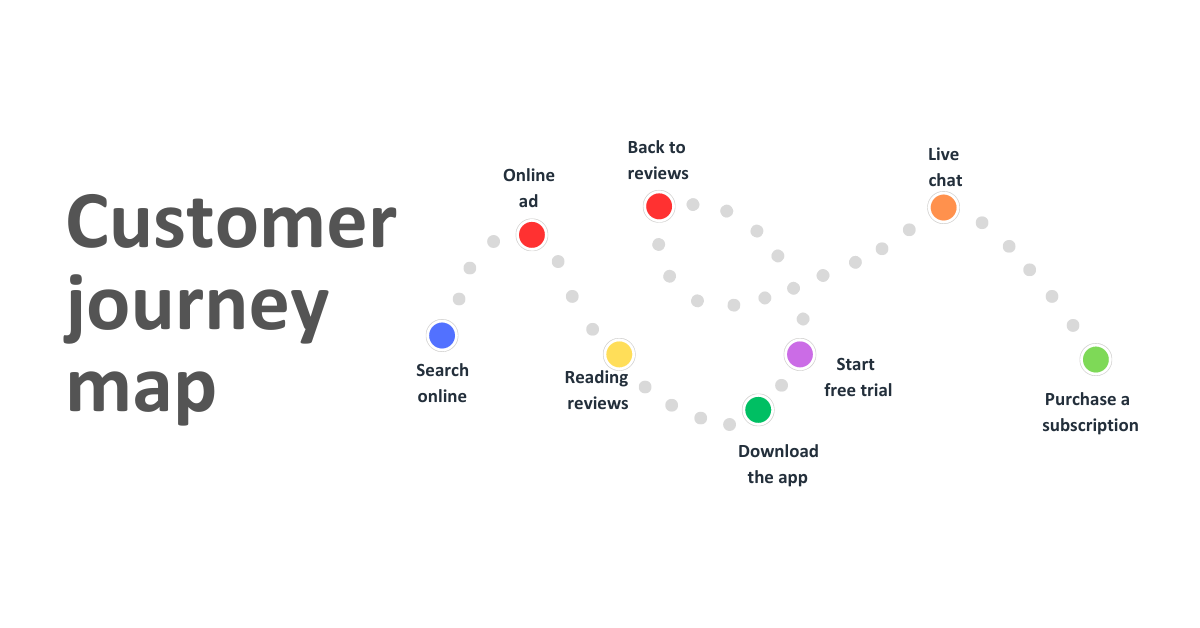
Understanding the customer journey is vital for creating effective marketing campaigns. By mapping the stages customers go through, from initial awareness to conversion and loyalty, you can identify opportunities to engage them at every touchpoint. This enables you to deliver the right message at the right time, increasing the likelihood of conversions.
- Awareness: The customer becomes aware of your brand or product.
- Consideration: The customer shows interest and begins researching.
- Conversion: The customer makes a purchase or takes a desired action.
- Loyalty: The customer becomes a repeat buyer and brand advocate.
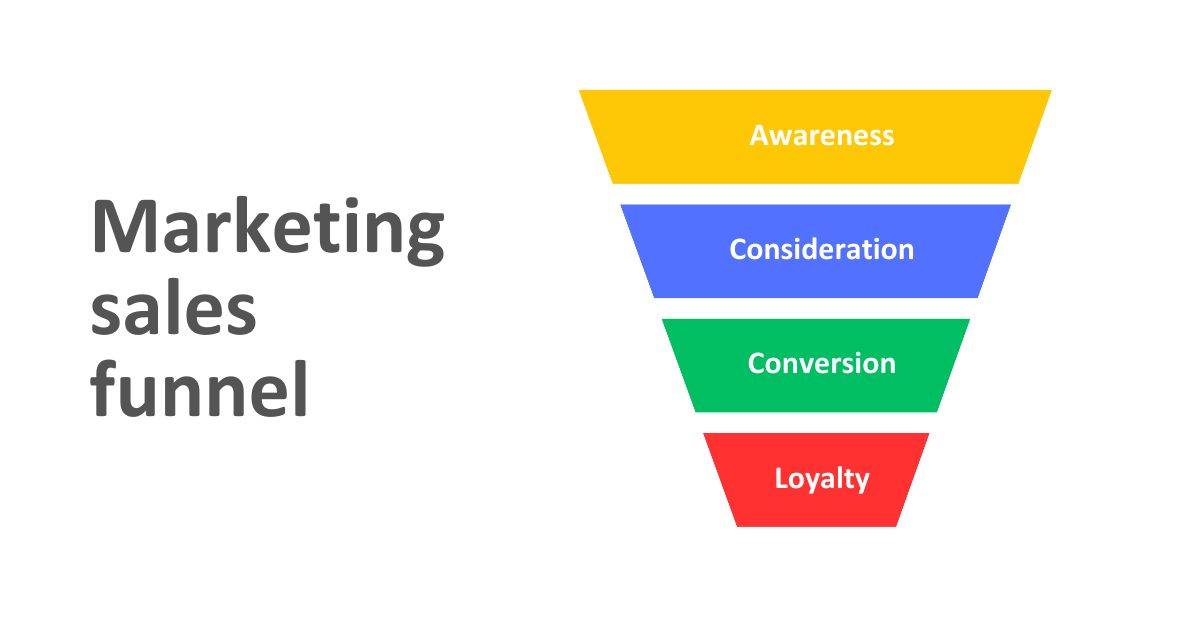
At each stage, specific marketing tactics can be employed to nurture the customer relationship and guide them towards conversion.
Remember:
By understanding the customer journey, you can anticipate their needs and provide relevant information at each stage, fostering trust and loyalty.
Successful businesses like Nike have effectively utilized buyer personas to create targeted campaigns that resonate with their audience.
Search Engine Optimization (SEO): Unlocking Organic Visibility
What is SEO?
SEO, or Search Engine Optimization, is the art and science of enhancing your website’s visibility and ranking on search engine results pages (SERPs) like Google. By optimizing your site for relevant keywords and aligning with search engine algorithms, you can increase organic (non-paid) traffic and attract potential customers actively searching for your products or services.
On-Page SEO: Optimizing Your Website’s Foundation
On-page SEO focuses on optimizing elements within your website to make it more search engine-friendly. This includes:
- Keyword Optimization: Strategically incorporate relevant keywords into your website’s content, including titles, headings, meta descriptions, and body text. Remember, balance keyword usage with natural language flow.
- Title Tags and Meta Descriptions: Craft compelling, keyword-rich title tags (the clickable headlines in search results) and meta descriptions (the descriptive snippets below the title) to entice users to click on your site.
- Header Tags: Utilize header tags (H1, H2, H3, etc.) to structure your content, improve readability, and hierarchically incorporate keywords.
- Content Optimization: Develop high-quality, informative, and engaging content that fulfills user intent and includes relevant keywords. Prioritize providing value to your audience.
- Image Optimization: Use descriptive file names and alt text for images to improve search engine visibility and accessibility for visually impaired users.
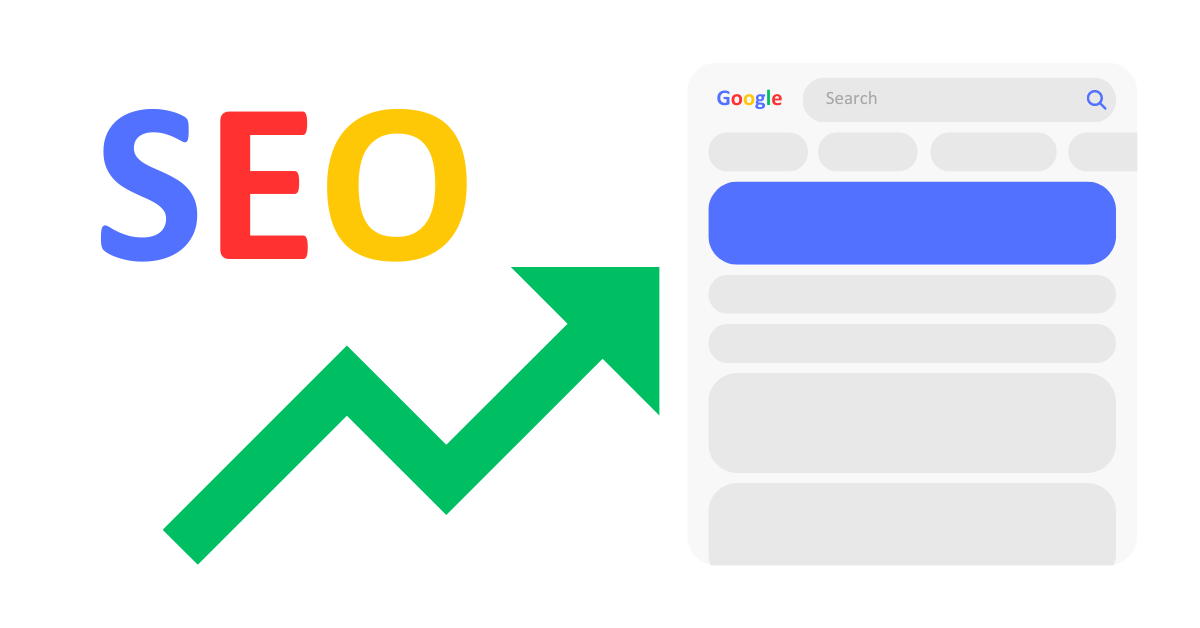
Off-Page SEO: Building Authority and Trust
Off-page SEO encompasses activities outside your website that influence its ranking. Key aspects include:
- Link Building: Earn high-quality backlinks (links from other websites to yours) from reputable sources to increase your site’s authority and trustworthiness in the eyes of search engines.
- Social Media Marketing: Promote your content on social platforms to increase visibility, engagement, and potential backlinks.
- Online Directories: List your business in relevant online directories (like Google My Business) to boost local SEO and improve your chances of appearing in local search results.
- Influencer Marketing: Collaborate with industry influencers to reach a wider audience and gain valuable backlinks and social mentions.
Staying Ahead:
- SEO is an ongoing process. Search engine algorithms are constantly evolving, so it’s crucial to stay updated on the latest trends and best practices.
- Tools like Google Search Console and Moz can help you monitor your website’s performance and identify areas for improvement.
Pay-Per-Click (PPC) Advertising: Targeted Traffic on Demand
Pay-per-click (PPC) advertising is a model where advertisers pay a fee each time their ad is clicked. It’s a powerful way to reach your target audience quickly and drive targeted traffic to your website.
Choosing the Right Platform: Where Your Audience Hangs Out
- Google Ads: The most popular PPC platform, offering a wide range of ad formats and targeting options across Google’s vast network.
- Bing Ads: A good alternative to Google Ads, especially for reaching a slightly older demographic.
- Social Media Ads: Platforms like Facebook, Instagram, LinkedIn, and Twitter offer robust advertising capabilities to target specific demographics and interests.
Crafting Successful PPC Campaigns: Strategies That Convert
Creating effective PPC campaigns requires:
- Keyword Research: Thoroughly research relevant keywords your target audience is searching for, using tools like Google Keyword Planner.
- Compelling Ad Copy: Write clear, concise, and persuasive ad copy that addresses the searcher’s intent and includes a strong call to action.
- Optimized Landing Pages: Ensure your landing pages are relevant to the ad and designed for conversions, with clear messaging and a prominent call to action.
- Continuous Monitoring and Optimization: Regularly analyze your campaign performance and make data-driven adjustments to improve results.
Pro Tip:
A/B testing different ad variations can help you identify what resonates best with your audience and improve your click-through and conversion rates. ll-crafted Google Ad might include the keyword “affordable marketing tools” and lead to a landing page that highlights budget-friendly options.
Content Marketing: Building Relationships Through Valuable Content
Content marketing is all about creating and sharing valuable, relevant, and consistent content to attract and retain a clearly defined audience. By providing information that educates, entertains, or solves problems, businesses can build trust and credibility, leading to increased brand awareness, customer loyalty, and ultimately, conversions.
Creating Engaging Content: Fueling the Fire

The key to successful content marketing is understanding your audience’s interests and needs. Your content should provide value and address their pain points. Here are some content formats to consider:
- Blog Posts: Share your expertise, insights, and industry news through informative and engaging blog posts.
- Videos: Create tutorials, product demos, or behind-the-scenes footage to showcase your brand personality and connect with your audience on a deeper level.
- Infographics: Present data and complex information in a visually appealing and easily digestible format.
- Podcasts: Share interviews, discussions, or industry insights through audio content that your audience can consume on the go.
- Ebooks and Whitepapers: Provide in-depth guides and resources on topics relevant to your audience.
Tips for Creating Engaging Content:
- Know Your Audience: Tailor your content to their interests, challenges, and preferred formats.
- Solve Problems: Address their pain points and provide actionable solutions.
- Tell Stories: Use storytelling to connect with your audience on an emotional level.
- Use Visuals: Incorporate images, videos, and infographics to enhance engagement.
- Optimize for SEO: Include relevant keywords and optimize your content for search engines.
Effective Distribution Strategies: Spreading the Word
Once you’ve created great content, it’s time to get it in front of your target audience. Utilize a variety of channels to maximize your reach:
- Social Media: Share your content on platforms where your audience is active, and engage with your followers through comments and shares.
- Email Marketing: Send your content directly to your subscribers’ inboxes, providing them with valuable information and keeping them engaged with your brand.
- Content Syndication: Partner with other websites and platforms to republish your content and reach a wider audience.
- Paid Advertising: Utilize paid advertising platforms like Google Ads and social media ads to promote your content to a targeted audience.
- Influencer Marketing: Collaborate with influencers in your industry to share your content with their followers.
Remember:
- Consistency is key in content marketing. Regularly publish fresh, high-quality content to keep your audience engaged and coming back for more.
- Track your content’s performance using analytics tools to identify what’s working and what’s not, and adjust your strategy accordingly.
Social Media Marketing: Connecting and Engaging in the Digital Space
Social media marketing involves utilizing social platforms to connect with your target audience, build brand awareness, and drive engagement. A strong social media presence helps businesses foster relationships, generate leads, and increase website traffic.
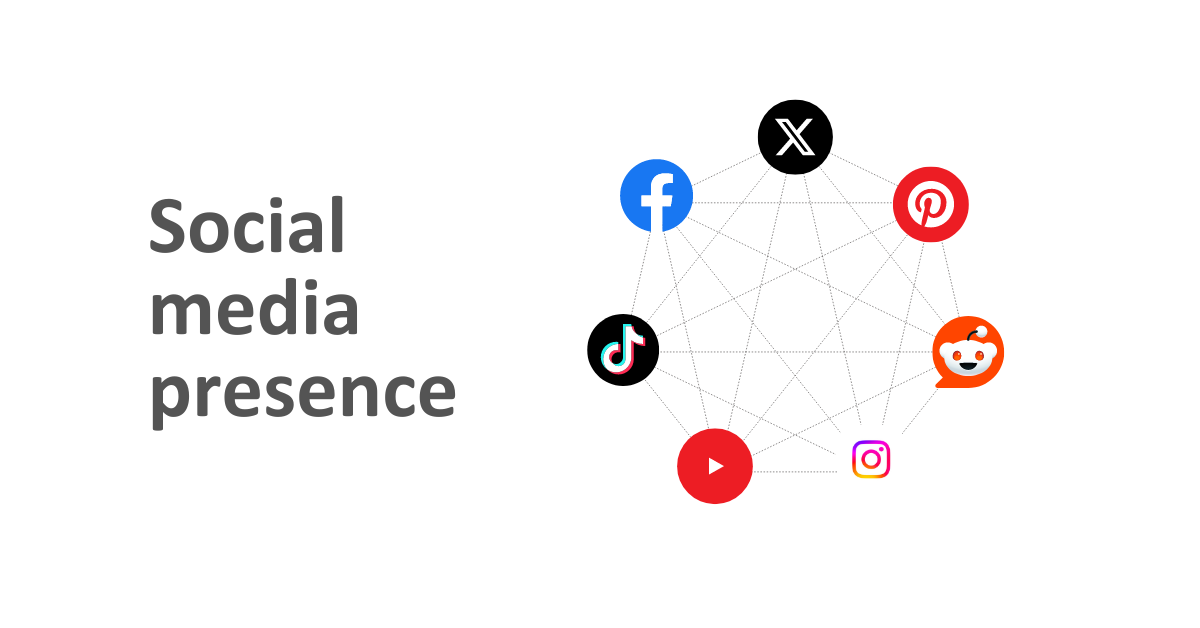
Choosing the Right Platforms: Finding Your Tribe
Selecting the right social media platforms is crucial for reaching your target audience effectively. Different platforms cater to different demographics and interests. Consider:
- Facebook: The largest social network, ideal for reaching a broad audience and building brand awareness.
- Instagram: A visually-driven platform perfect for showcasing products, sharing behind-the-scenes content, and engaging with younger audiences.
- Twitter: A fast-paced platform for sharing news, and updates, and engaging in real-time conversations.
- LinkedIn: A professional network ideal for B2B marketing, networking, and thought leadership.
- Pinterest: A visual discovery platform where users can find inspiration and ideas, making it ideal for businesses in the fashion, beauty, and home decor industries.
- TikTok: A short-form video platform popular with younger audiences, offering opportunities for creative and engaging content.
Engagement Strategies: Sparking Conversations
Building a strong social media presence requires more than just posting content. It’s about fostering meaningful interactions and building relationships with your audience. Here are some effective engagement strategies:
- Interactive Content: Create polls, quizzes, and live videos to encourage participation and spark conversations.
- User-Generated Content: Encourage customers to share their experiences with your brand and repost their content on your social media channels.
- Regular Interaction: Respond to comments and messages promptly and thoughtfully to show your audience that you value their engagement.
- Collaborations: Partner with other businesses or influencers to create content and reach new audiences.
- Contests and Giveaways: Run contests and giveaways to incentivize engagement and generate excitement around your brand.
Social Media Advertising: Amplifying Your Reach
Social media advertising allows you to target specific audiences with paid promotions, increasing brand visibility, driving website traffic, and generating leads. Each platform offers various ad formats and targeting options to reach your ideal customers.
Key Benefits of Social Media Advertising:
- Precise Targeting: Reach specific demographics, interests, and behaviors.
- Increased Brand Awareness: Get your brand in front of a larger audience.
- Improved Engagement: Encourage likes, comments, shares, and follows.
- Drive Website Traffic: Send targeted traffic to your website or landing pages.
- Generate Leads: Capture contact information and nurture potential customers.
Remember:
Monitor your social media analytics to track your progress and identify opportunities for improvement.
Social media is a two-way street. It’s about building relationships, not just broadcasting your message.
Email Marketing: Nurturing Relationships and Driving Conversions
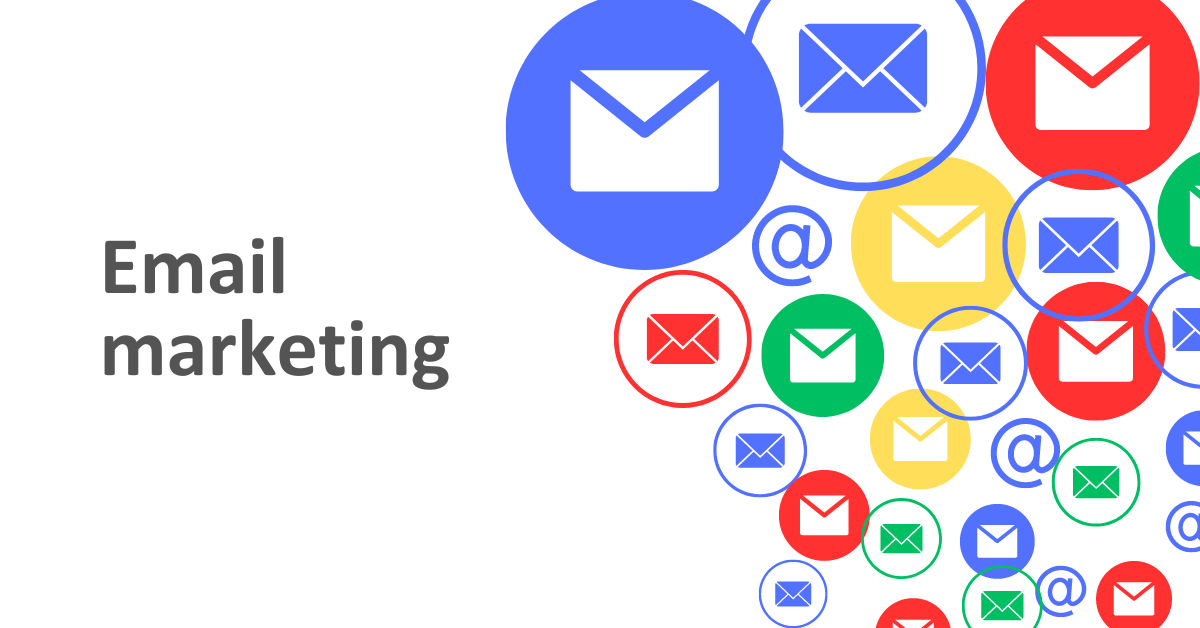
Email marketing remains a potent tool for building customer relationships and driving conversions. By cultivating an email list, you can directly communicate with your audience, delivering personalized messages that resonate.
Crafting Effective Emails: Delivering Value
The success of your email marketing hinges on the quality and relevance of your emails. Strive to provide value with every message. Here are some tips:
- Engaging Content: Offer valuable information, tips, industry news, or exclusive offers that your subscribers will appreciate.
- Segmentation: Divide your email list into segments based on demographics, interests, or behaviors to send more targeted and relevant messages.
- Optimized Subject Lines: Write compelling subject lines that grab attention and entice recipients to open your emails.
- Clear Call to Action (CTA): Include a clear and prominent CTA that tells subscribers what you want them to do, whether it’s visiting your website, making a purchase, or downloading a resource.
- Mobile-Friendly Design: Ensure your emails are optimized for viewing on mobile devices, as a significant portion of your audience will likely access them on their smartphones.
Automation Tools: Streamlining Your Efforts
Email marketing automation empowers you to streamline your campaigns and deliver personalized messages at the right time. Tools like Mailchimp, HubSpot, and ConvertKit can help automate tasks like:
- Segmentation: Automatically segment your list based on subscriber data.
- Triggered Emails: Send automated emails based on specific actions or behaviors, such as welcome emails, abandoned cart reminders, or birthday messages.
- Drip Campaigns: Deliver a series of pre-written emails over time to nurture leads or onboard new customers.
- Personalization: Tailor email content based on subscriber preferences and behaviors.
Benefits of Email Marketing Automation:
- Saves Time: Automate repetitive tasks and focus on strategy.
- Improves Efficiency: Deliver the right messages at the right time.
- Increases Engagement: Send personalized and relevant content.
- Drives Conversions: Nurture leads and guide them toward purchase.
Example: A welcome email series could introduce new subscribers to your brand, showcase your best content, and offer a special discount to encourage their first purchase.
Analytics and Measurement: Data-Driven Decision-Making
In the digital marketing realm, data is king. Analytics provide invaluable insights into your campaign performance, enabling you to make informed decisions and optimize your strategies.
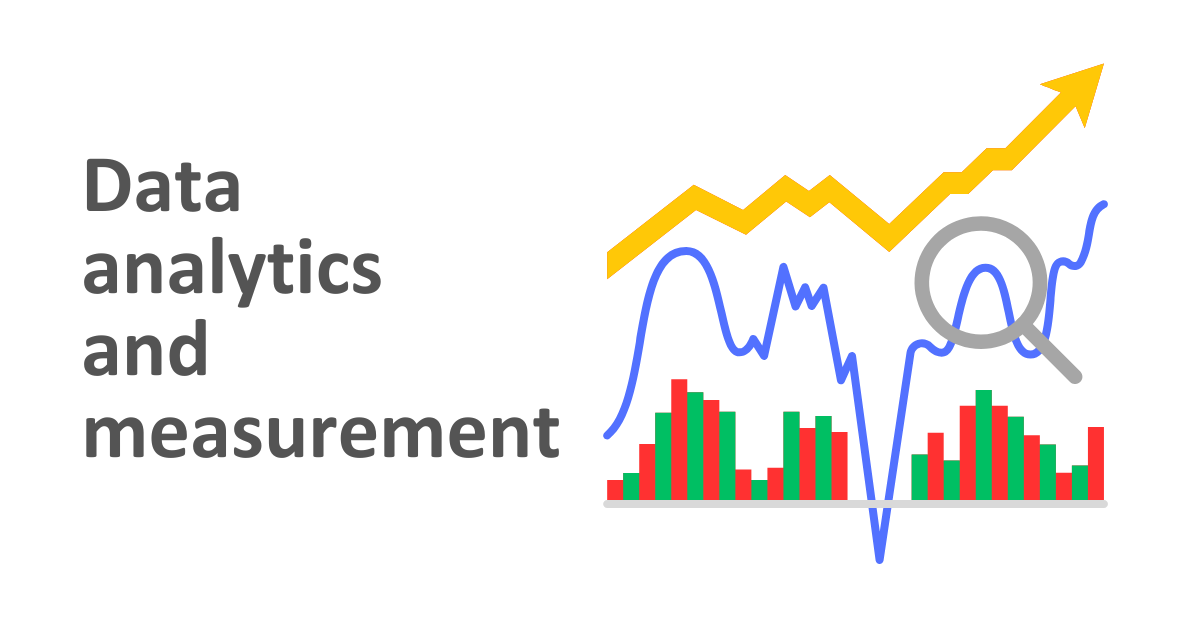
Key Performance Indicators (KPIs): Measuring Success
KPIs are quantifiable metrics that track your progress towards your marketing goals. Common KPIs include:
- Website Traffic: The number of visitors to your website.
- Conversion Rates: The percentage of visitors who take a desired action, such as making a purchase or filling out a form.
- Engagement Rates: Metrics like likes, shares, comments, and time spent on the page indicate how actively your audience is interacting with your content.
- Return on Investment (ROI): The profitability of your marketing campaigns, is calculated by comparing the revenue generated to the cost of the campaign.
Optimizing Campaigns: Learning and Adapting
Use analytics to identify trends, patterns, and areas for improvement. For example, if a particular social media post is receiving high engagement, consider creating more content in a similar style or promoting it further. If a specific email campaign has a low open rate, experiment with different subject lines or sending times.
Tools for Tracking and Analysis:
- Google Analytics: A powerful and free tool that provides comprehensive insights into your website traffic and user behavior.
- Google Search Console: Helps you monitor your website’s presence in Google search results and identify any technical issues.
- Social Media Analytics: Each social platform offers analytics tools to track engagement and follower growth.
- Email Marketing Analytics: Your email marketing platform will provide data on open rates, click-through rates, and conversions.
Remember:
- Regularly review your analytics data to identify what’s working and what’s not.
- Use these insights to make data-driven decisions and continuously optimize your digital marketing strategies.
Conclusion: Embrace the Digital Journey
In today’s digital-first world, effective digital marketing is vital for businesses of all sizes to succeed. By understanding your target audience and leveraging SEO, PPC advertising, content marketing, social media, and email marketing, you can establish a strong online presence and achieve your marketing goals.
The digital landscape is constantly evolving. Continuous learning and adaptation are key to staying ahead of the curve and maximizing your return on investment. Stay curious, experiment, and watch your digital marketing efforts flourish.


